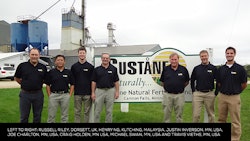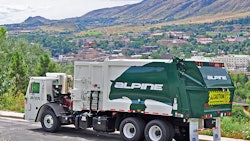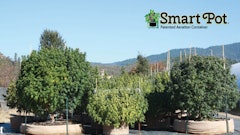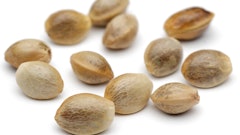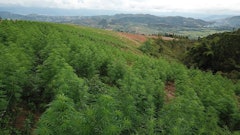
This article originally appeared in the October 2017 print edition of Cannabis Business Times. To subscribe, click here.
Whether you grow indoors or outdoors, cannabis cultivation is still all about light, nutrients and water. In that respect, all growing is the same. But when you look more closely, you find that each environment in which you grow presents its own set of challenges.
Outdoor growing is the baseline for cannabis-production cost: no lighting, no cooling, with lower capital and operating costs. Just a field, a tractor, and some hands and feet. In the right locales, rain delivers the water for free.
The indoor grower has it made in the shade when it comes to light management. The ability to deliver maximum light and completely dark periods is a major advantage of indoor cultivation. Throw the switch and the light goes on, throw it back and the light goes out. The greenhouse grower gets that control from light deprivation curtains. But the seasonal, outdoor grower has no control over light, and the plants’ development succumbs to nature’s rhythms.
The obvious difference between indoor and outdoor growing is photoperiod. Indoor growers control photoperiod at will, but the shortening of daylight that triggers cannabis to go into flower outdoors happens but once a year. And at lower latitudes, the photoperiod may be so constant that plants never flower unless they are vegged with photoperiod-extending supplemental light, which is discontinued when the plants reach the desired size.
Outdoor growers have their profit eggs all in one basket, which is why between weather and pests, just one field of plants is a risky business proposition. The indoor grower, while also facing risks of pest-induced crop loss, can recover from a single crop loss, and revenue will resume with the next harvest. But the seasonal grower must build a business plan to deal with the very real possibility of poor or no product, as well as what their business does for revenue for a year before they get the next crop. Obviously, outdoor growers that are blessed with a warm climate year-round have the opportunity to cultivate year-round, though still with some challenges.
To read the full article in Cannabis Business Times' October issue, click here.
Top photo courtesy of Los Sueños Farms







